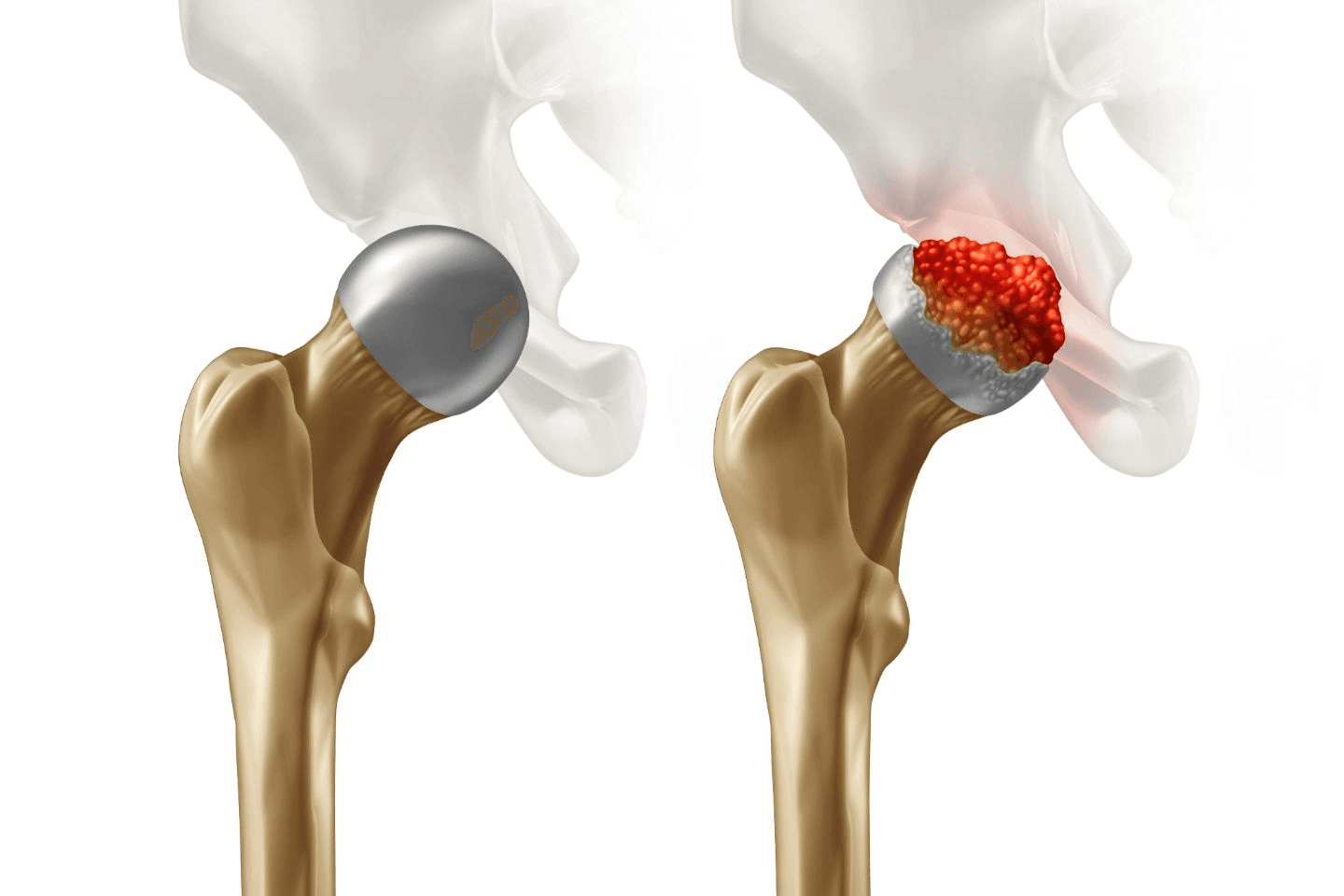
Introduction
Living with Avascular Necrosis (AVN) can be debilitating, affecting one's ability to move freely and causing constant pain. However, advancements in medical technology offer hope for those suffering from this condition. Bilateral Total Hip Replacement (THR) using the Direct Anterior Approach (DAA) has emerged as a game-changer, providing patients with a renewed quality of life. Let's explore how this innovative procedure is transforming the lives of individuals battling AVN.
Understanding Avascular Necrosis (AVN)
Avascular necrosis, also known as osteonecrosis, occurs when there is a loss of blood supply to the bone, resulting in bone tissue death. This condition commonly affects the hip joint, leading to severe pain, limited mobility, and in advanced stages, joint collapse. AVN can be caused by various factors, including trauma, corticosteroid use, excessive alcohol consumption, or certain medical conditions.
Challenges of AVN
Living with AVN poses significant challenges, impacting both physical and emotional well-being. Simple tasks like walking or climbing stairs become arduous, and the constant pain can disrupt sleep and diminish overall quality of life. Traditional treatment options such as medication, physical therapy, or joint-preserving surgeries may offer temporary relief, but for many patients, the progressive nature of AVN necessitates more definitive intervention.
The Role of Bilateral Total Hip Replacement
Bilateral Total Hip Replacement, involving the simultaneous replacement of both hip joints, has emerged as an effective solution for individuals with advanced AVN affecting both hips. By replacing damaged joint surfaces with prosthetic components, this procedure aims to restore function, alleviate pain, and improve overall mobility. However, the success of hip replacement surgery often depends on the surgical approach utilized.
The Advantages of the Direct Anterior Approach (DAA)
The Direct Anterior Approach (DAA) has gained popularity in recent years due to its potential benefits over traditional posterior or lateral approaches. Unlike these approaches, which require cutting through muscles or detaching tendons, the DAA involves accessing the hip joint through a natural interval between muscles, minimizing tissue damage and reducing the risk of dislocation. This less invasive technique offers several advantages for patients undergoing bilateral THR for AVN:
- Faster Recovery: The DAA typically results in shorter hospital stays and faster recovery times compared to traditional approaches. Patients often experience less pain and are able to return to daily activities sooner, promoting a quicker rehabilitation process.
- Improved Stability: By preserving surrounding muscles and soft tissues, the DAA helps maintain hip stability, reducing the risk of postoperative dislocation. This is particularly beneficial for individuals undergoing bilateral THR, as stability in both hips is crucial for optimal function and mobility.
- Enhanced Range of Motion: The preservation of muscles and tendons during the DAA allows for a more anatomically accurate placement of the prosthetic components, which can contribute to improved range of motion and joint function following surgery.
- Reduced Risk of Complications: Studies have shown that the DAA is associated with lower rates of complications such as nerve injury, blood loss, and infection compared to traditional approaches, further enhancing patient safety and outcomes.
Patient Experience
For individuals facing the prospect of bilateral THR for AVN, the decision to undergo surgery can be daunting. However, many patients who have undergone the procedure using the DAA report positive experiences. They describe significant reductions in pain, enhanced mobility, and a renewed sense of independence and quality of life. By sharing their stories, these patients offer hope and inspiration to others navigating similar journeys.
Conclusion
Bilateral Total Hip Replacement using the Direct Anterior Approach represents a significant advancement in the treatment of AVN, offering patients a chance to regain mobility, alleviate pain, and reclaim their lives. With its less invasive nature, faster recovery times, and potential for improved outcomes, the DAA is revolutionizing the way hip replacement surgery is performed. As awareness grows and technology continues to evolve, more individuals suffering from AVN can look forward to a brighter future thanks to this innovative approach.
The blog has been authored by Dr. Supreet Bajwa, Orthopaedic Hip & Knee Specialist. The content is for informational purposes only and should not be taken as professional medical advice. More about the author
SHARE NOW



